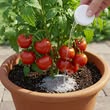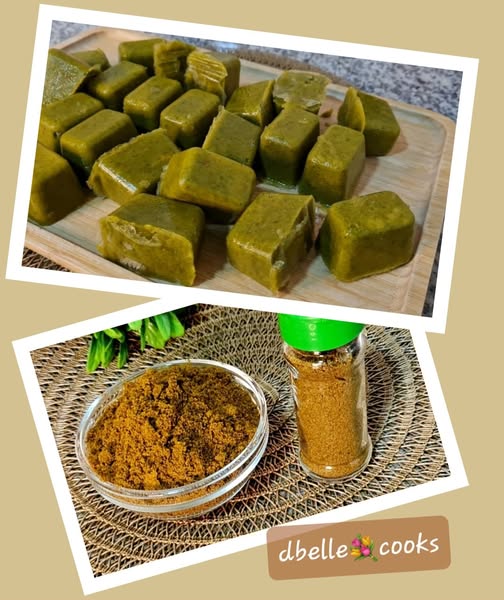Never Plant Tomatoes Without It
Planting tomatoes can be a rewarding experience, but to maximize your yield, certain techniques and materials are essential. Implementing the right strategies ensures larger, healthier tomatoes and a harvest that can be three times larger than the average.
Soil Preparation
Start with rich, well-draining soil. Incorporate compost or well-rotted manure to improve nutrient content. Aim for a soil pH between 6.0 and 6.8, as tomatoes thrive in slightly acidic environments. Test your soil and amend as needed with lime or sulfur to achieve the desired pH level.
Choosing the Right Variety
Select tomato varieties that best suit your local climate and growing conditions. Heirloom varieties often produce larger fruits, while hybrid types may offer better disease resistance. Look for high-yield signs on seed packets, and consider growing determinate varieties for easier management.
Optimal Planting Time
Timing is crucial for a successful tomato crop. Plant when nighttime temperatures consistently stay above 50°F (10°C). The best planting time in most regions is after the last frost date. Seedlings should be hardened off before transplanting outdoors to prevent shock.
Adequate Spacing
Proper spacing is vital for airflow and sunlight penetration. Plant your tomatoes 24 to 36 inches apart. This spacing helps reduce the risk of fungal diseases and ensures each plant receives ample nutrients.
Watering Technique
Tomatoes require consistent moisture but dislike waterlogged roots. Use a drip irrigation system or soaker hoses to keep the soil evenly moist without wetting the foliage. Water deeply and infrequently, aiming for at least 1-2 inches per week depending on rainfall. Mulching helps retain moisture and suppress weeds.
Nutrient Boosting with Fertilizer
Apply a balanced fertilizer high in potassium and phosphorus at planting. A mix with a ratio like 5-10-10 is ideal. Side-dress with compost or an organic fertilizer when the plants start to flower. This addition encourages robust fruit development.
Pest and Disease Management
Regularly check for common pests such as aphids and hornworms. Use natural remedies like neem oil to control infestations. Encourage beneficial insects, and rotate crops each year to prevent soil-borne diseases.
By implementing these strategies, you’ll ensure a bountiful harvest of large, juicy tomatoes. Remember, the right preparation is key to a successful tomato season.






